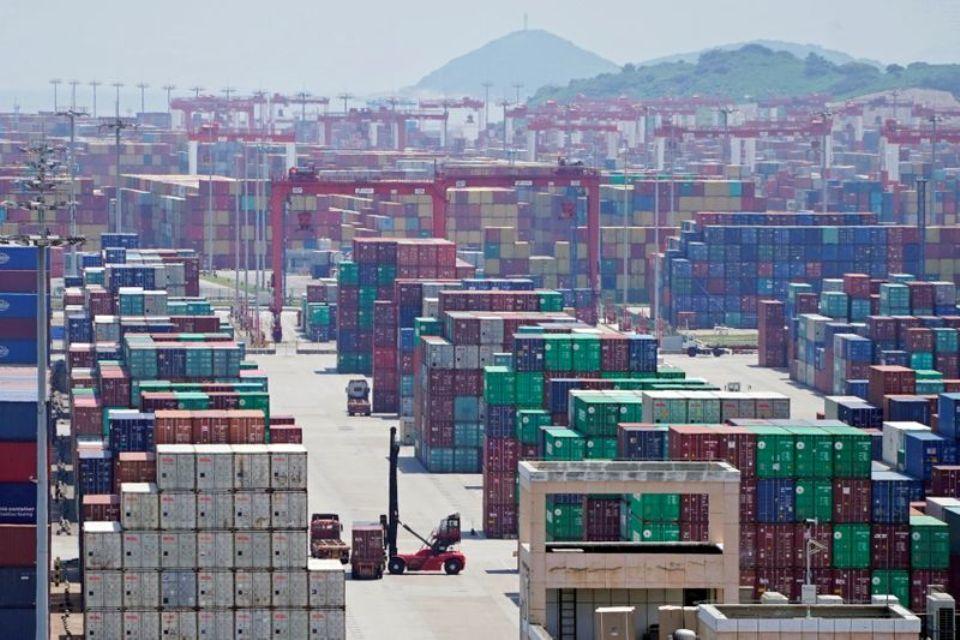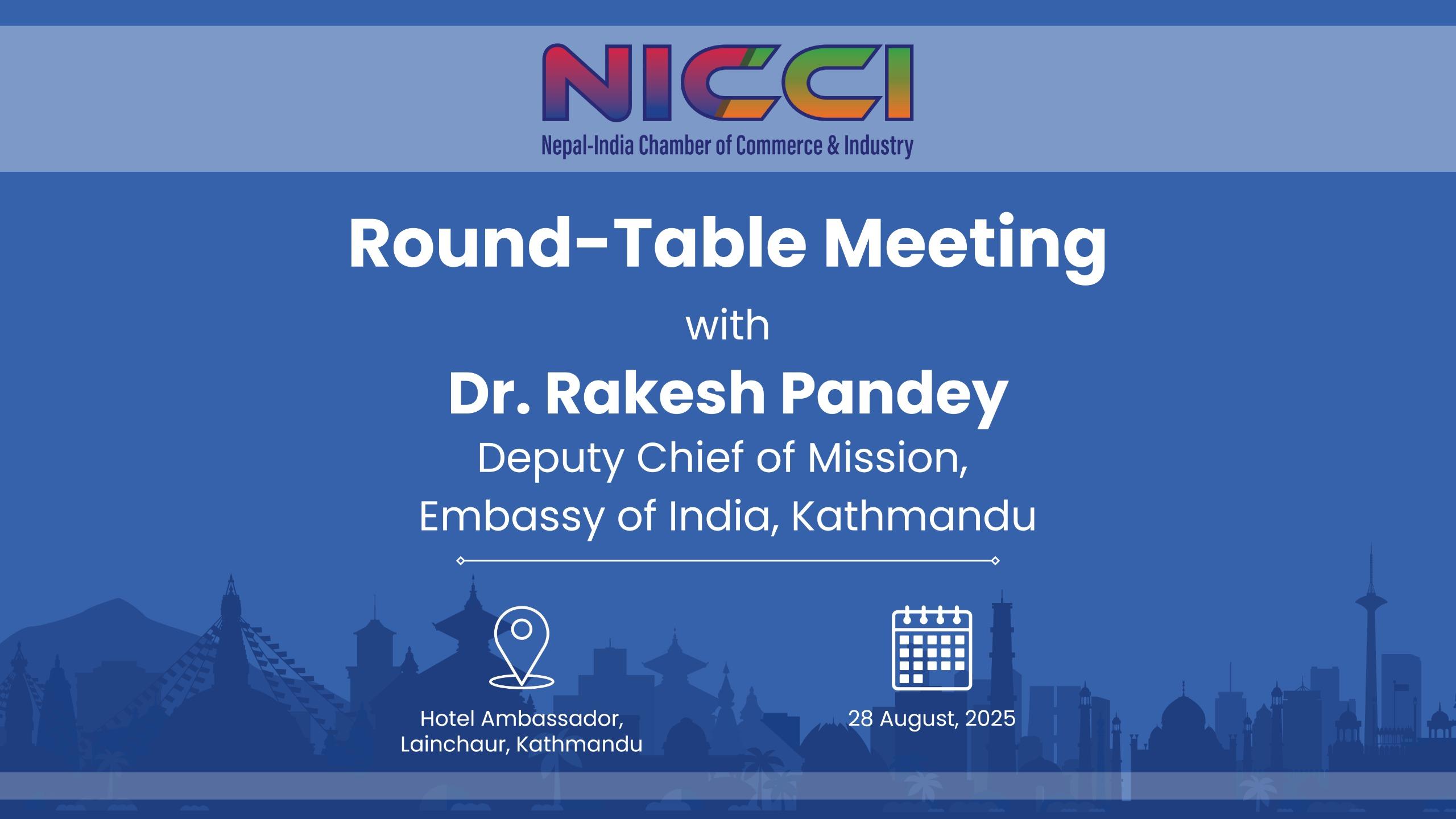As a result of monopolistic practices and systemic inefficiencies, Nepal is confronted with some of the highest logistics costs in the area
Nepal, which is located between two economic powerhouses, India and China, has traditionally relied on its southern neighbor for trade and transit. Additionally, Nepal had a history of engaging in trade with Tibet along its northern border, mostly through the use of a barter and exchange system. However, the dynamics of this commerce were significantly altered as a result of China's successful invasion of Tibet and subsequent incorporation of Tibet into the Tibetan Autonomous Region. Nepal's northern trade options have been restricted as a result of the replacement of the cultural and business norms that historically distinguished Nepal-Tibet commerce with more regulated systems that are under the governance of China. The logistical expenses, documentation, and procedures are still the remaining difficulties that remain unsolved, and there is a need to ensure the ease of doing business with a thorough analytical approach. China is gradually shifting its strategy by providing transit movements from a few ports. However, these issues are still unresolved. Furthermore, for about half of the year, it is difficult to transfer goods due to the tough terrain and challenging weather conditions.
In sharp contrast, Nepal's commercial relationship with India continues to be solid, with similar cultural, social, and economic links serving as the foundation for this partnership. A natural synergy in commerce is made possible by the open border, which is supported by a familiarity with the language, customs, and business practices of the two countries. Cross-border trade thrives on mutual trust and interdependence that has been established over the course of centuries among the communities that are located along the border. This compatibility extends to those communities.
The current situation is that India is responsible for around 65 percent of Nepal's total commerce, while all of Nepal's trade with third countries is conducted through Indian ports. In addition, Nepal is responsible for around 18% of India's commerce, and more than 67% of Nepal's exports are destined for India, highlighting the significance of Nepal as a partner. These numbers provide light on the mutually beneficial nature of their connection, with India serving as Nepal's principal commercial route and playing an important part in the relationship.
Nepal is able to engage in sub-regional trade thanks to India's strategic location, which plays a vital role in this regard. When it comes to connection within South Asia and access to global markets, Nepal is significantly dependent on India. India is a crucial partner in the process of encouraging sub-regional trade and economic integration due to its geographical positioning, infrastructure, and established trade networks.
Initially and foremost, India acts as Nepal's entry point into the rest of the globe. India is able to provide Nepal with essential access to marine trade routes thanks to its extensive coastline and well-developed ports, including Kolkata, Visakhapatnam, and Haldia, among others. There is a connection between Nepalese goods and international markets through these ports, which serve as transit centers for Nepal's trade with third countries.
Moreover, Nepal's connection is further improved by the large road and rail networks that India possesses. The transportation of commodities from Nepal to international markets is facilitated by a number of significant corridors, including the Kolkata-Birgunj railway and road, the Visakhapatnam-Birgunj railway, the Kakarvitta-Kolkata Road, and the Biratnagar-Kolkata railway and Mistry highways, amongst others. The continued investments that India is making in the construction of infrastructure, such as integrated check posts (ICPs) and dedicated freight lanes in Dodhara Chadani, increase India's role as a logistical bridge between Nepal and Indian ports.
Given that Nepal is a landlocked country, it is unavoidable that it will be dependent on the transit routes and ports of India. Despite this, considerable transit issues continue to exist, which drives up the price of logistics, hinders the efficiency of trade, and strains relations between the two countries. In order to address these difficulties, both countries need to refocus their attention and adopt a spirit of cooperation, without allowing geopolitical factors to influence their decision-making.
Difficulties in the Transit of Nepal to India
Disparities in priorities are one of the most significant difficulties that we face. In spite of the fact that India is able to address Nepal's concerns, it frequently delays the resolution of transit issues that are relatively minor but extremely important. Due to the absence of a proactive and compassionate approach, trust has been eroded, and progress has been hampered in the process of resolving Nepal's transit bottlenecks.
As a result of monopolistic practices and systemic inefficiencies, Nepal is confronted with some of the highest logistics costs in the area. Competition is hampered and costs are increased as a result of the mandated use of the Electronic Cargo Tracking System (ECTS), which is managed by a single supplier selected by the Indian government. It is because of this that shipping companies are able to behave in a manner similar to that of monopolies, and Nepalese importers are taking on additional risk and obligation because INCO Terms are not appropriate for a country that is landlocked.
It was originally published on my republica.


